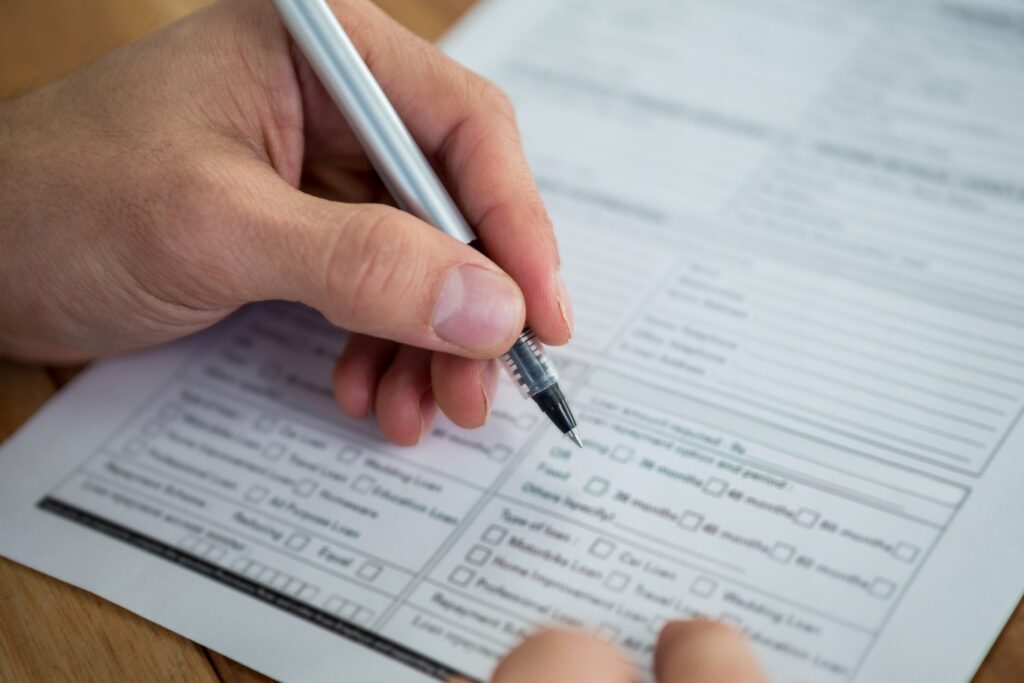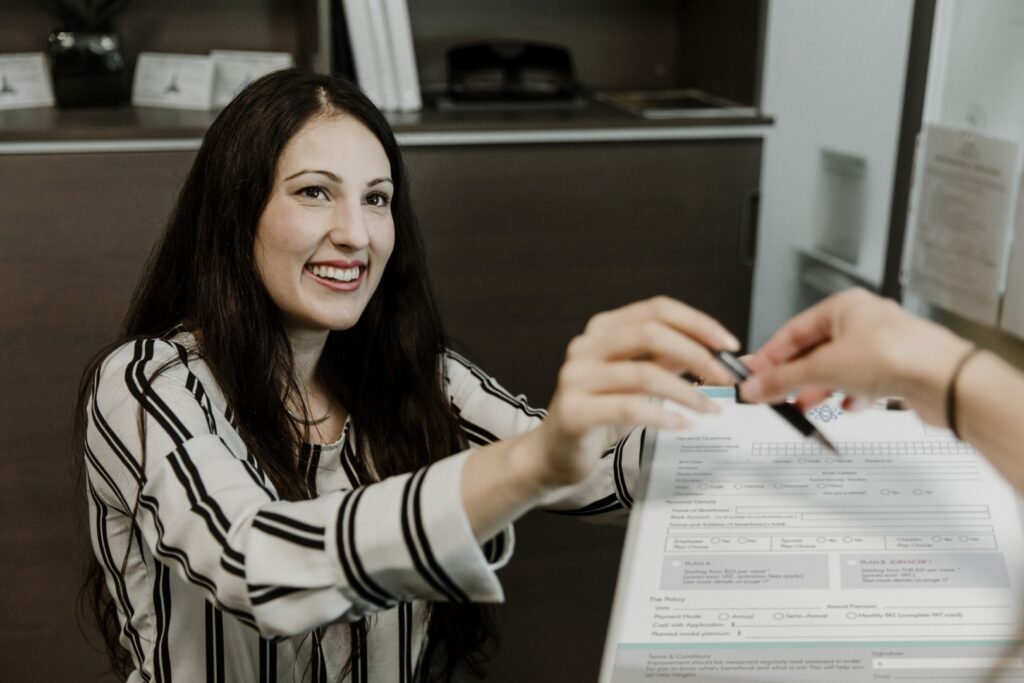Innoventive Patent Group is proud to offer the following services to assist you with protecting your idea and intellectual property. We understand you have questions and we are here to offer you answers based on our years of patent experience providing service to hundreds of satisfied clients and patent holders.
Getting a patent is a large investment of time, effort and money so it is a good idea to see what is out there before getting too in depth in the project. Sometimes inventors won’t yet have an invention that is complete, but would like to get a sense of the patent landscape to determine whether it even makes sense to continue the project and whether there may be some available ‘space’ that they could target.
If you think you have a great invention idea and you’re not sure where to begin, a patentability search is the first place to start before exploring patent protection. Having a professional patent search performed on your idea is extremely useful in learning the potential scope of patent rights to be gained and for developing a strategy in preparing a patent application.
Remember, getting a patent is a huge investment of time, effort and money so it is an excellent idea to see what is patented, published, and considered ‘known’ before starting the process.

When choosing how you can best protect your intellectual property there are several options available. Among these options are utility (non-provisional) patents, design patents, and provisional patents.
Provisional Patent Application – a significantly less expensive and complicated patent option. This is the reason that many inventors choose to pursue a provisional patent as a starting point. A provisional patent can be prepared and filed quickly and gives the inventor “patent-pending” status as soon as the application is filed. Upon filing, the inventor has 1 year of protection to market the invention, build prototypes, expand on the invention and how it works, receive funding, etc. Within this 1-year window, an inventor must file for a utility patent application or lose his/her priority date of the provisional filing.
The provisional patent application is not a substitute for filing a non-provisional patent application – it’s important to understand that even if you file a provisional patent application, the inventor will still need to file a non-provisional application within the time allotted to receive and retain patent protection. Think of the provisional patent application as a possible step in the patent process, but not the final step.
Utility Patent – also referred to as a non-provisional patent application provides protection for an inventor for 20 years as opposed to the provisional patent which provides the inventor with a 1-year window of protection for the inventor.
A design patent is a form of legal protection granted to the ornamental design of a functional item. A design patent protects the ornamental design of an invention, not the usefulness.
We are happy to discuss patenting options and strategy with you in a FREE CONSULTATION. We provide written quotes for US application drafting and can help you arrange for foreign filing if it makes sense for your patent idea/project.


The MPEP states the following:
35 U.S.C. 131 Examination of application.
The Director shall cause an examination to be made of the application and the alleged new invention; and if on such examination it appears that the applicant is entitled to a patent under the law, the Director shall issue a patent therefor.
35 U.S.C. 101 Inventions patentable.
Whoever invents or discovers any new and useful process, machine, manufacture, or composition of matter, or any new and useful improvement thereof, may obtain a patent therefor, subject to the conditions and requirements of this title.
Utility (Non-Provisional) Patents are examined for novelty. A majority of the applications receive an Office Action where the USPTO Examiner objects to and/or rejects claims in the patent application. The applicant (or Patent Attorney/Agent) must respond to an Office Action within the prescribed time or the application will go abandoned. Office Actions can be argued pro-se (by the Applicant) or the Patent Attorney/Agent may represent the Applicant in the matter. Office Actions are responded to via legal argument as based on case law and on common-sense argument pointing out the specific differences between the cited patents and/or publications and the disclosed application.
We are pleased to provide service to Applicants in Office Actions.

Contact Innoventive Patent Group today to schedule a confidential consultation. Start the process of protecting your intellectual property today by clicking the button below and a team member will contact you within 24-48 hours.